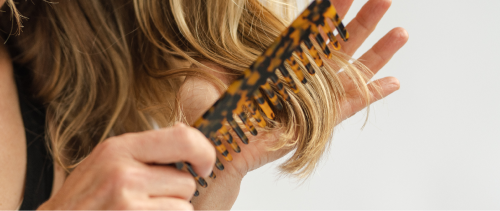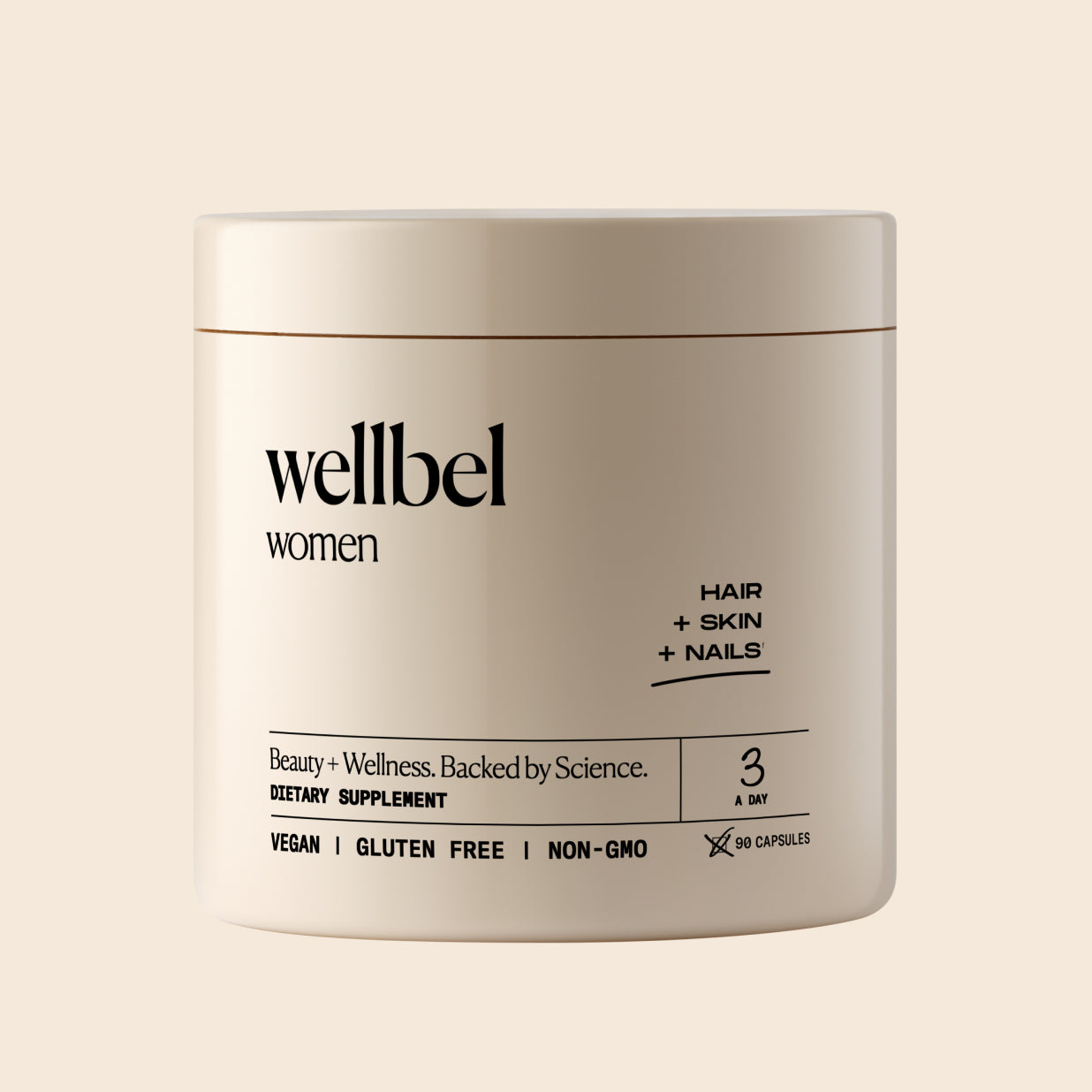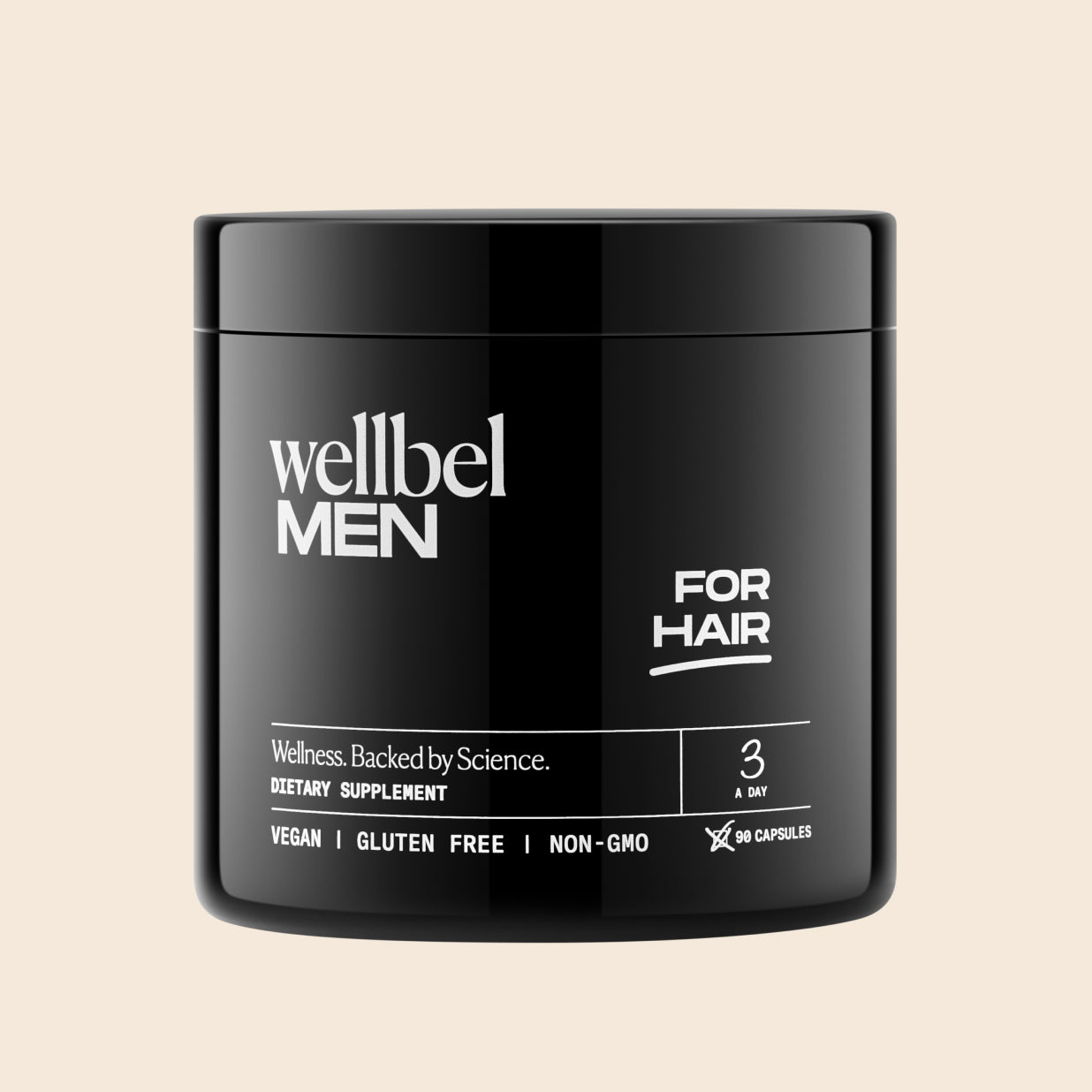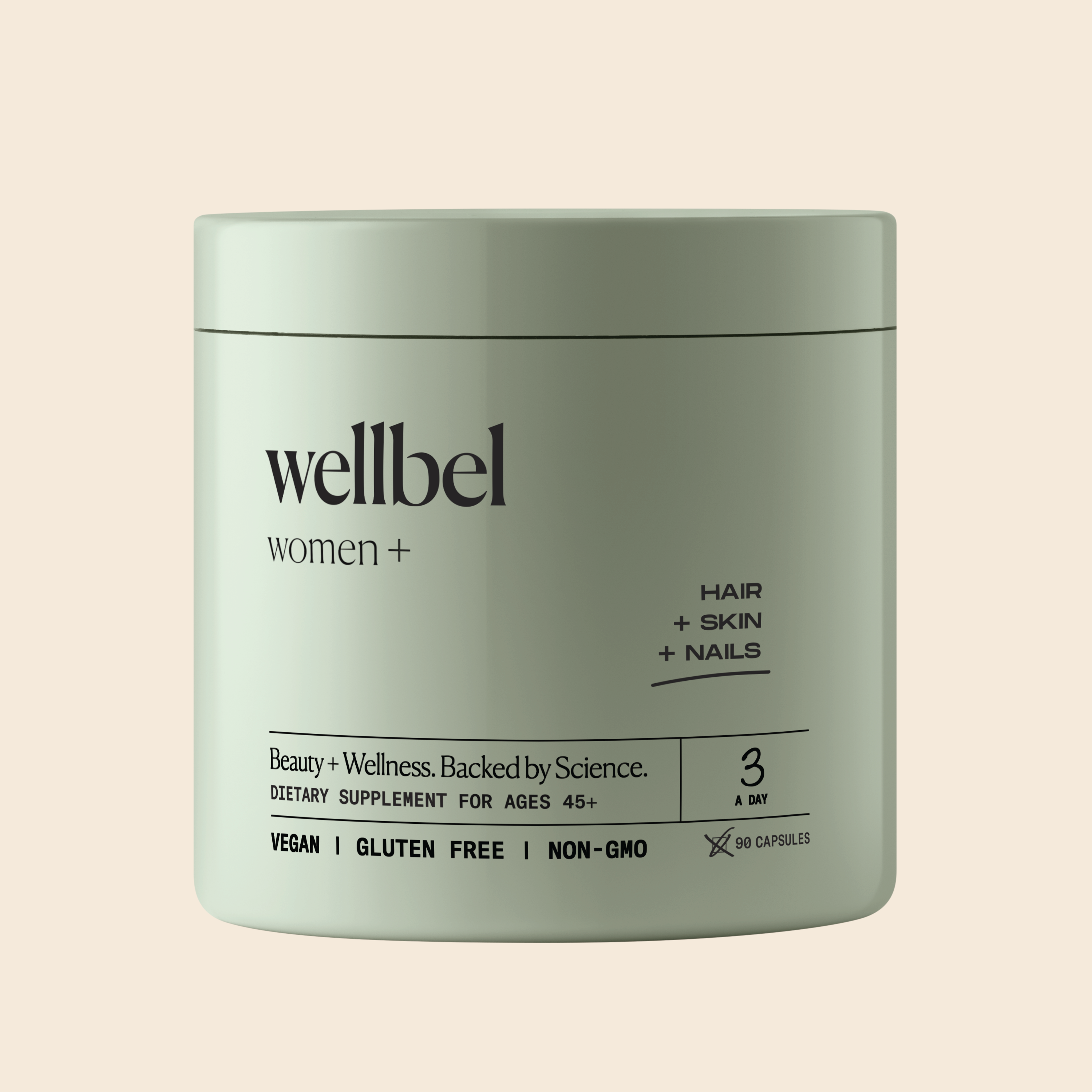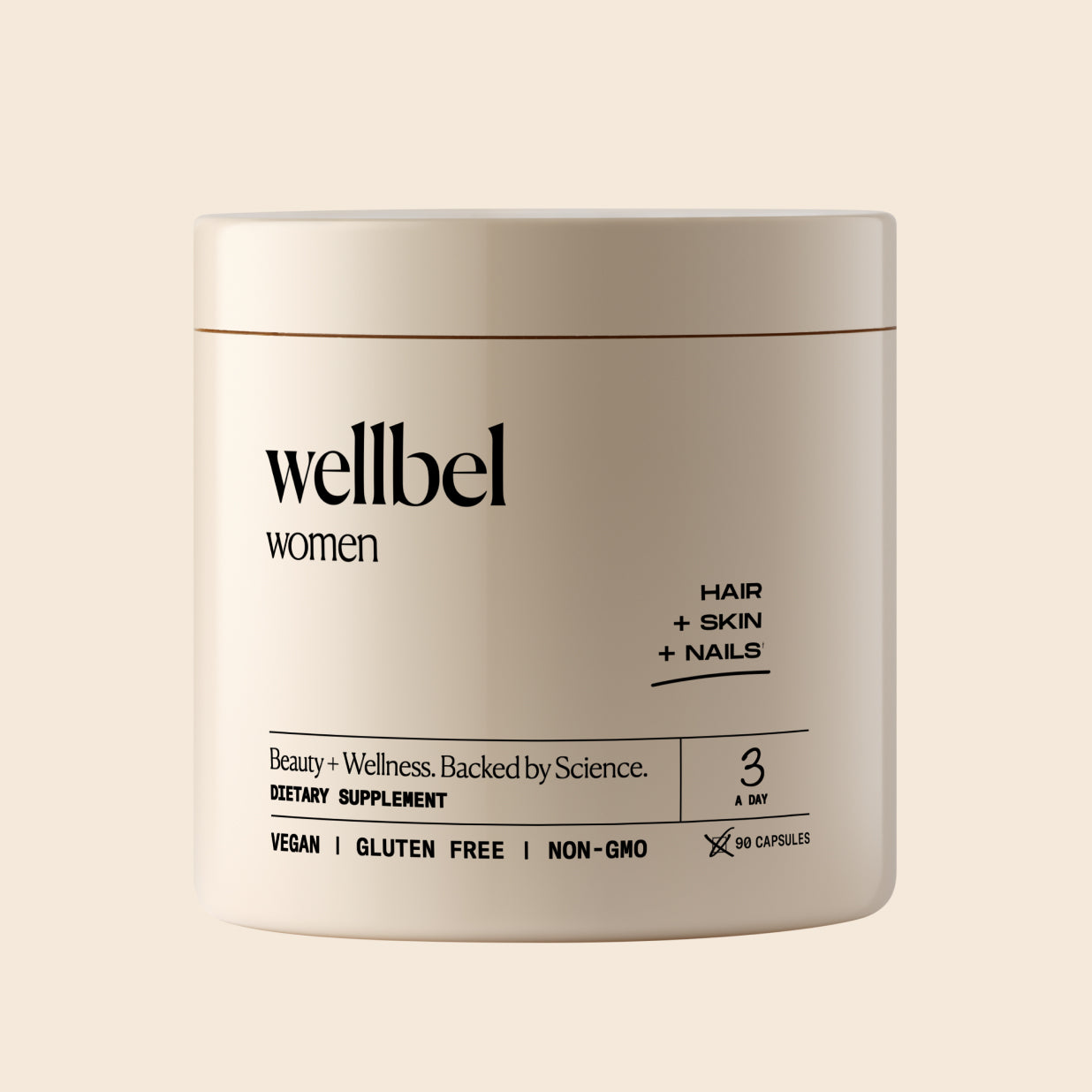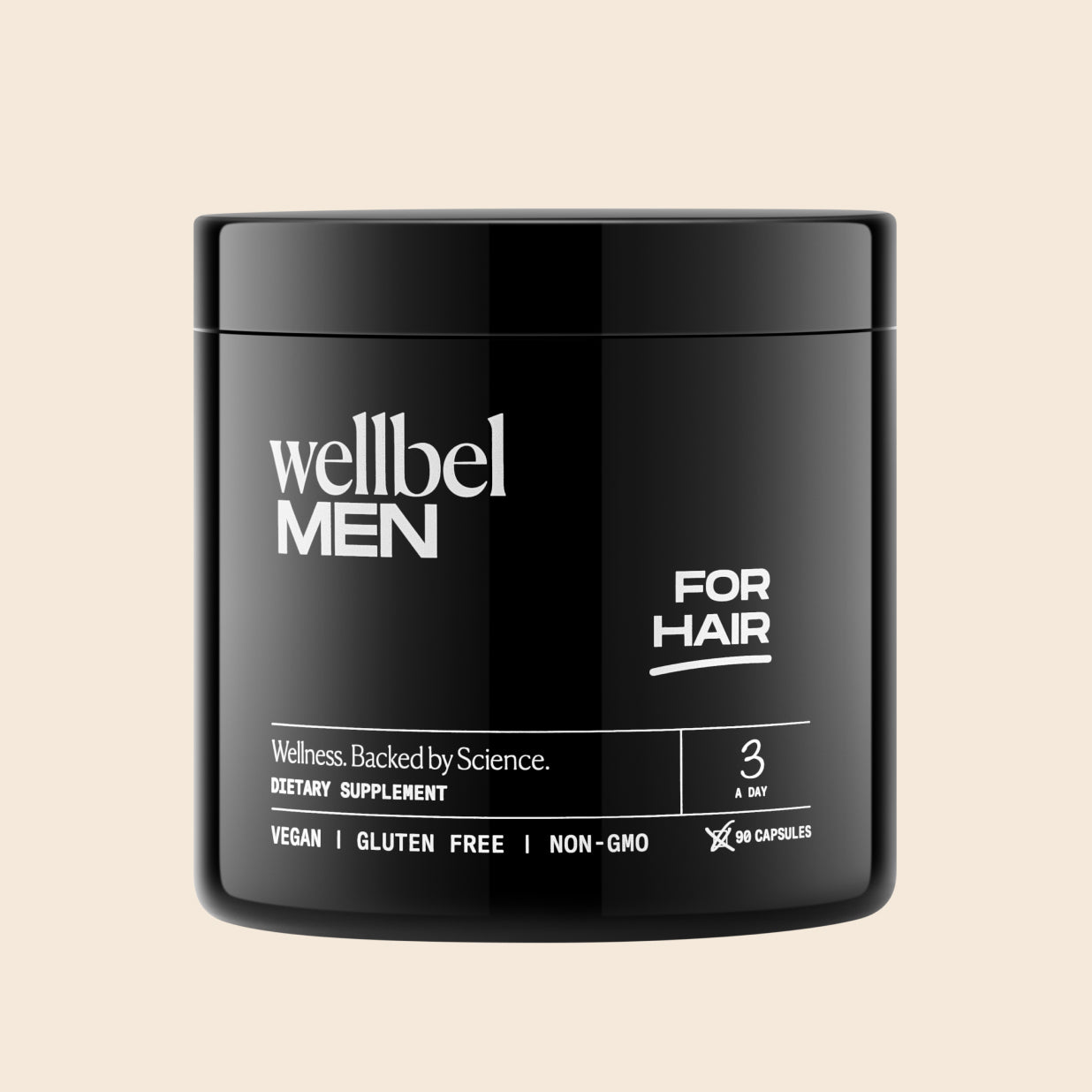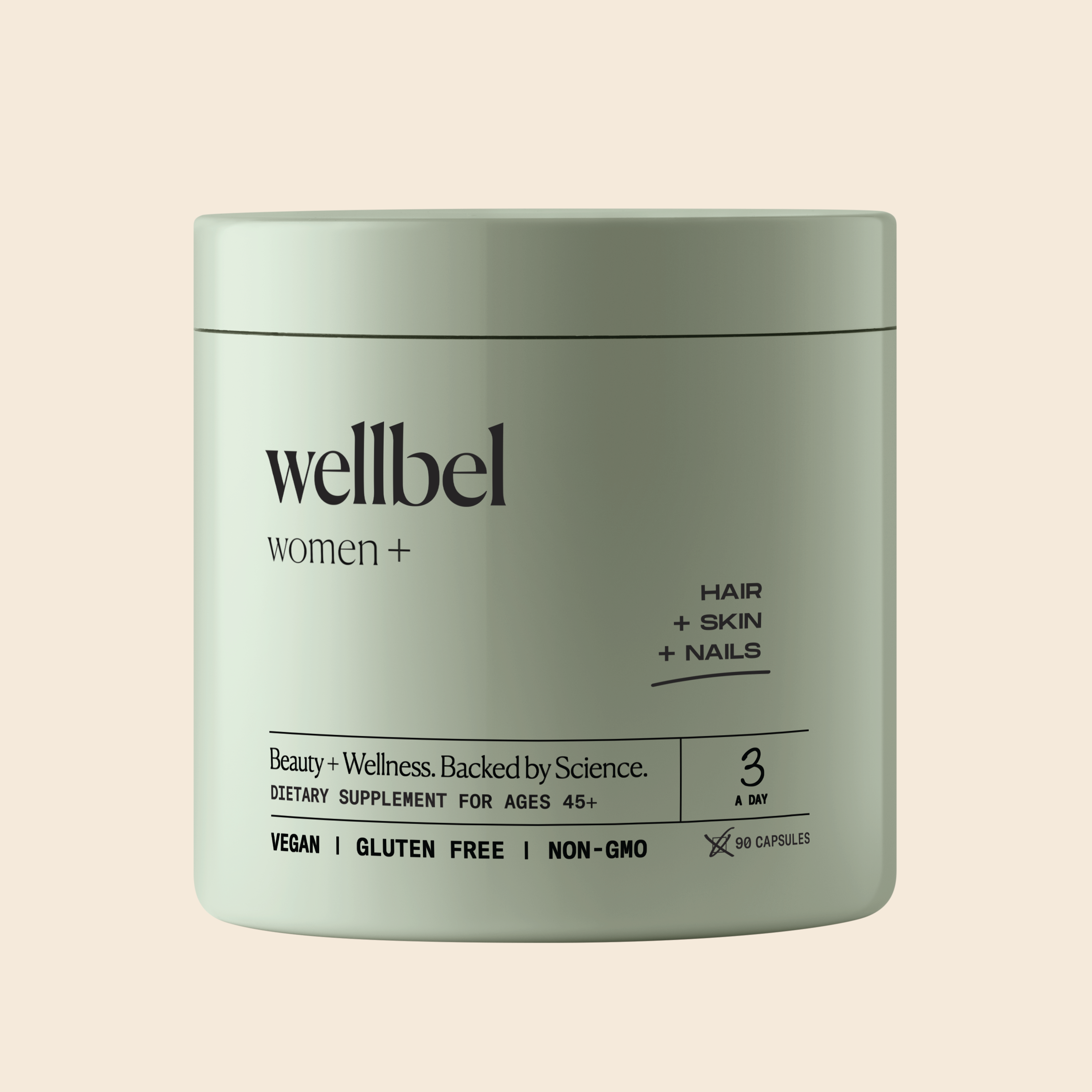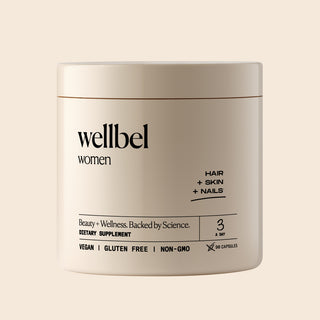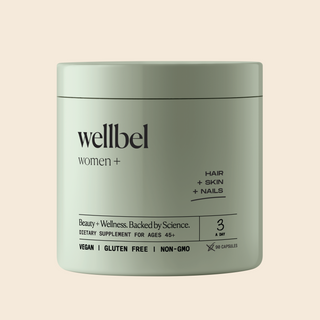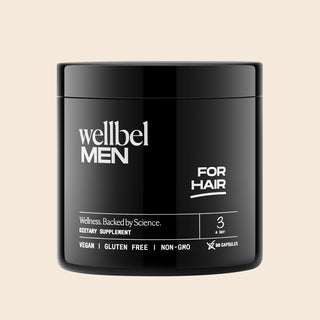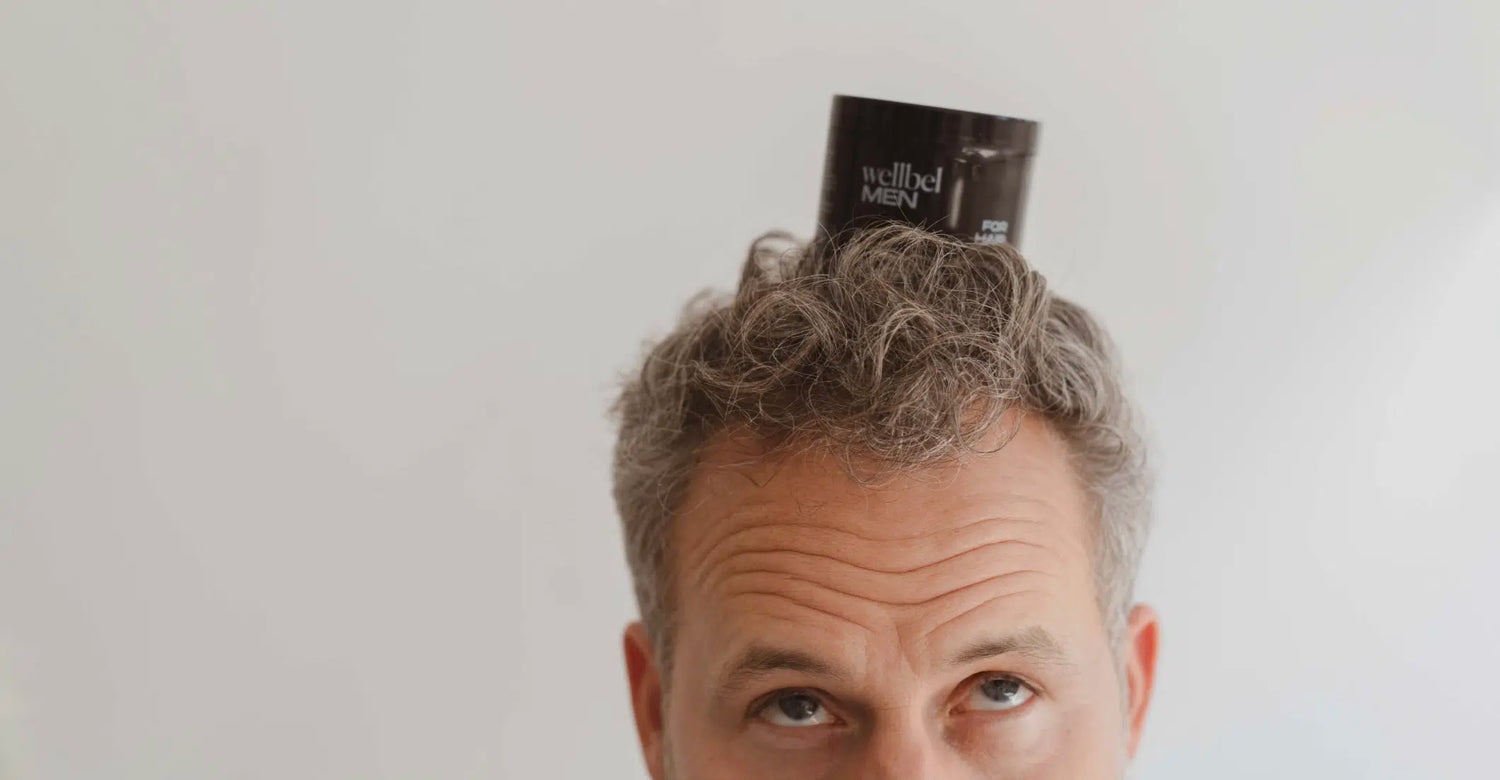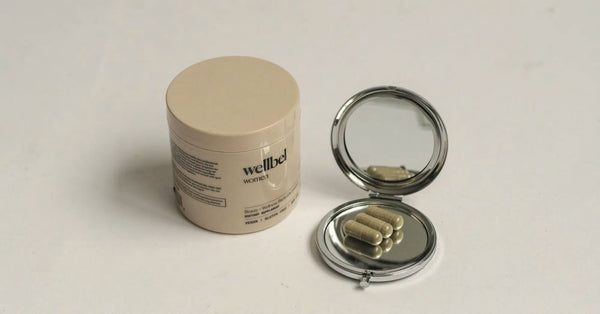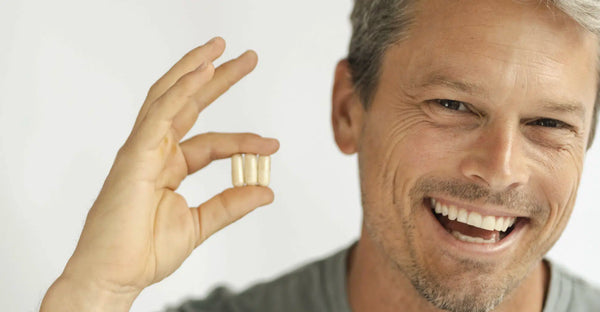Aging happens.
Whether we make jokes about it, purchase all the anti-aging creams we can get our hands on, or invite people to our forty-ninth birthday year after year — aging happens! If you ask us, aging is a good thing. It means we’ve earned the privilege of more time to spend with our loved ones and to experience new things. But aging also comes with changes to our body from our internal systems to our external appearances.
For many men those changes look like hair loss and a thinning hairline.
Receding hairlines are exceptionally common, especially for men. But that doesn’t change the fact that for many, it’s a sincere source of insecurity. The good news is that there are things you can do to help promote hair growth, improving the appearance of your hairline.
If you’ve spent lots of time on the internet, looking up answers for how to make your hairline grow — we’re with ya. In fact we’re kind of obsessed with helping men (and women) in the fight against hair loss and receding hairlines with healthy, natural hair growth.
In this post, we'll take a look at some of the causes of receding hairlines, as well as some tips and tricks for getting your hair to look its best. From oral supplements to lifestyle changes, there are a variety of options available to help you achieve thick, healthy hair.
But before we dig in, we’d like to remind you that hair loss is a widespread condition, impacting both men and women. Healthy hair growth starts from within, with your internal wellness. Similarly, we believe confidence starts from within. Be kind to yourself as you navigate your hair care journey.
Understanding Male Pattern Baldness
We’ve got four key tips for helping to reduce the appearance of thinning hair, but first, let’s briefly touch on the science behind male pattern baldness.
Why it Happens
Male pattern baldness has a scientific name — androgenetic alopecia. It’s the most common form of hair loss for men, though the onset of male pattern baldness widely varies. Some men can experience hair loss as early as their twenties, while others may notice a decrease in hair strands in their forties and fifties. Fifty percent of men experience some hair loss before the time they turn fifty.
Mostly, androgenetic alopecia is determined by genetics, though there are a number of lifestyle choices that can exacerbate hair loss — more on that later.
At a biological level, patterned hair loss happens mostly because of a chemical called dihydrotestosterone, which is derived from testosterone. DHT shrinks hair follicles and shortens your hair’s natural growth cycle, making the hair the follicles produce weaker and more likely to fall out sooner.
How it Happens
Hair loss of this kind doesn’t happen overnight. It’s a gradual process that you may start to notice in your shower drain before you notice it in the mirror.
Everyone’s hairline is unique but generally male androgenetic hair loss follows a few set patterns. A receding hairline is known as an M formation. Eventually, the loops of the M become more exaggerated and may even merge around the crown of the head.
While it can be jarring to see your head of hair literally change shape, there are steps you can take to protect the hair you still have as well as help encourage hair growth.
What You Can Do To Thicken Your Hairline
Some people will have you believe that expensive hair transplants or laser treatments are the only ways to address male pattern baldness. Not so. There are a number of natural treatments that can help restore your hair thickness around the hairline — and won’t require a trip to the doctor’s office.
Take a Supplement
As we said, thinning hair lines are exceptionally common and that means that scientists and doctors have spent decades putting together solutions for addressing hair loss.
As you may know, there are a number of medications you can take to get a fuller hairline, from oral finasteride to minoxidil. But these drugs aren’t perfect. Finasteride reduces the level of DHT in the body but also has unfortunate sexual side effects. Minoxidil used topically can move a hair follicle from its resting phase into its growth phase, but some now are advocating for its oral-ingestion. For people with normal blood pressure, that’s cause for some concern.
We happen to believe that to help your hair look and feel its best, you can seek out natural solutions. Wellbel Men, our daily hair supplement is formulated to help, encouraging hair growth and reducing the production of DHT, all with clean, plant-based ingredients. Often, men tend to resist seeking out hair growth supplements until they’ve already seen hair loss. Our recommendation is to start giving your body these ingredients while your hair is young and full, as a form of maintenance.
Regardless of your scalp’s situation, Wellbel Men is full of the vitamins you need to enrich red blood cells and improve the production of generative tissue, like your hair and skin, including vitamin D, vitamin A, and folic acid. And our key ingredient, saw palmetto, is a proven alternative to finasteride, just as effective as reducing DHT, without any of the sexual side effects.
It’s a great option if you’re starting to see hair loss or if you want to protect the hair you have, as a preventative measure.
Prioritize Wellness
While the best thing you can do to address androgenetic alopecia is to focus on your DHT levels, there are other steps you can take to prevent further hair loss from damage or sudden hair loss, called alopecia areata.
Sometimes we forget that hair is a reflection of our internal biology. An unhealthy diet, certain lifestyle choices, and stress can all lead to weaker or thinning hair.
On that note, allow us to join the scores of doctors who have provided this advice for decades. Treat your body well. Give it lots of water and a balanced, healthy diet full of nutrients like vitamin E, vitamin C, and iron and zinc. Get as much sleep as you can and do your best to destress every day. If you smoke cigarettes, start the journey to quitting. These changes can feel burdensome, but both your internal health and your external appearance can be improved by them.
Protect Your Hair
Relatedly, you can avoid exacerbating hair damage by protecting your hair from the elements.
Sun damage can weaken hair and if you’re dealing with a receding hairline, then it can also damage the newly exposed areas of the scalp. Apply sunscreen to your face and scalp every day, even if it isn’t sunny out, and opt for a baseball hat when you’re dealing with especially high UV exposure.
In the shower, try to use a gentle shampoo without sulfates or other harsh chemicals. These chemicals can strip our hair of the natural oils it needs to stay moisturized and strong.
Build a Scalp Care Routine
Last but not least, try building a scalp care routine. In addition to your daily supplements, try getting into the habit of a topical scalp treatment like a deep conditioning mask which can help restore damaged hair or a scalp massage.
Scalp massages have been proven to help stimulate hair growth and improve hair thickness by increasing blood flow to hair follicles. Plus they feel really good.
Restore Your Confidence, One Step at a Time
Receding hairlines can be a frustrating reality for many men, but the good news is that it's not the end of the road for your hair. There are a variety of effective ways to protect your existing hair and regrow hair to improve the appearance of your hairline. From scalp massages that increase blood flow to the scalp, to lifestyle changes that promote healthy hair growth, to oral supplements that can help protect your hair follicles, there are treatment options available for everyone.
By taking a proactive approach and being patient, you can see real results in regrowing your hair. In the meantime, focus on your mindset and building a healthy and balanced lifestyle, to prevent hair thinning and promote new growth.
